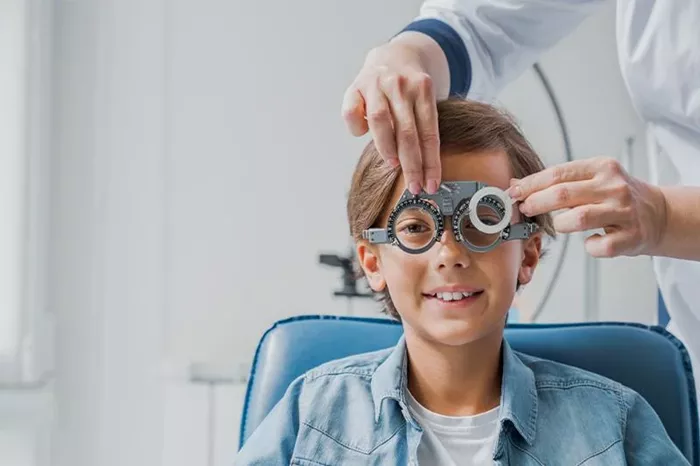A recent study reveals that approximately one in three children worldwide are affected by short-sightedness, or myopia, raising alarms about a potential global health crisis among the youth. According to research published in the British Journal of Ophthalmology, the prevalence of myopia is expected to exceed 740 million cases in children by 2050, representing about 40% of the global youth population.
The study highlights a concerning trend: myopia rates have tripled from 1990 to 2023, escalating from 24% in the 1990-2000 period to 36% in 2020-2023. The highest rates are found in Asia, with around 85% of children in Japan and 73% in South Korea diagnosed with the condition. In contrast, the prevalence is significantly lower in regions like Paraguay and Uganda, where it stands at about 1%.
Researchers conducted an extensive review of reports involving over 5.4 million children across six continents, making this one of the largest studies on myopia to date. Dr. Janice Lam, a consultant pediatric ophthalmologist, explains that myopia occurs when the eyeball grows longer from front to back, causing distant objects to appear blurry. High myopia can lead to severe complications, including retinal detachment and visual impairment, highlighting the importance of delaying its onset in children.
Signs of myopia may manifest as headaches, excessive blinking, or fatigue, typically beginning between the ages of six and thirteen. While the precise causes remain unclear, both genetic and environmental factors play significant roles. Children with two myopic parents are at a higher risk, with the likelihood increasing based on parental myopia.
The surge in myopia cases is largely attributed to lifestyle changes, particularly reduced exposure to natural light due to urbanization and increased screen time. Experts emphasize that outdoor activities are crucial for healthy eye development, as prolonged indoor confinement can exacerbate the issue. Additionally, the COVID-19 pandemic has further contributed to this trend, with lockdowns leading to decreased outdoor time for children.
To mitigate the risk of developing myopia, experts recommend ensuring that children spend ample time outdoors, even on cloudy days. Parents are encouraged to limit screen time and employ the “20/20/20 rule,” which advises looking at something 20 feet away for at least 20 seconds every 20 minutes to give the eyes a break. These measures are essential in addressing the growing myopia epidemic among children.
Related topic:
12 Best Eye Creams for Puffiness of 2024
What Is the Best Eye Lift Cream? [Revealed]


